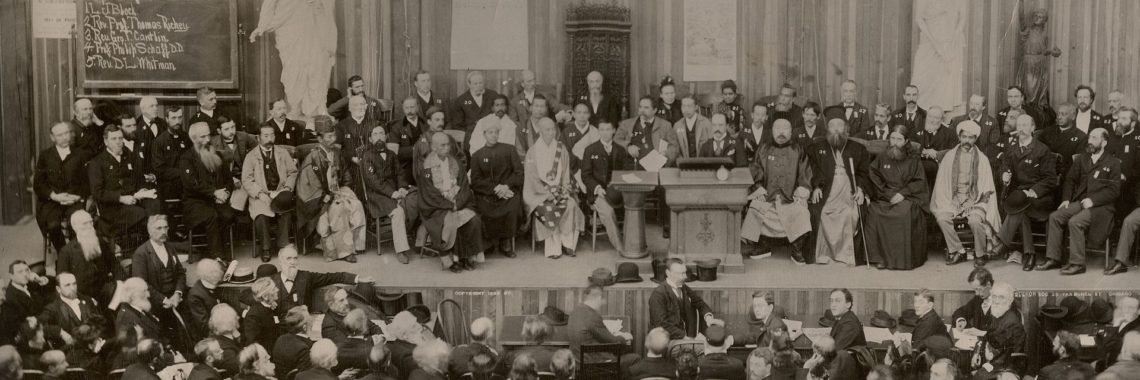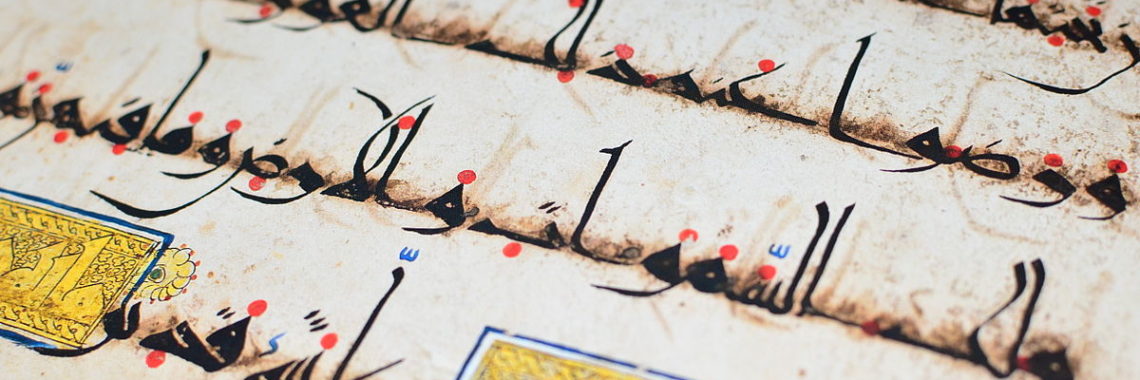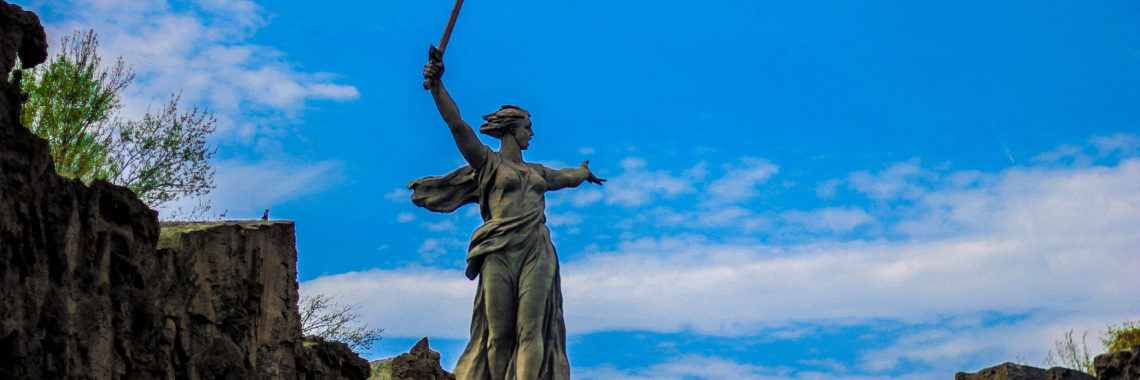“Public Rhetoric, Human Nature, and Human Rights” by Mathew D. Garcia Scruggs
Pixabay (License) Natural law and human rights language is directly connected to discussions about human nature. Public rhetoric describing specific communities often shapes our discussions about the way natural law and human rights are applied to those communities. Given the current U.S. presidential administration’s public rhetoric about Latinx and undocumented communities, it is important to…











